With 83 GW Retiring, Is NERC’s New Capacity Recommendation the Only Answer?
In their latest Long-Term Reliability Assessment, NERC points to rising peak demand and the planned retirement of 83 GW of fossil fuel and nuclear generation over the next 10 years creating blackout risks for most of the United States. Among the mitigation measures proposed in the report is investing in new sources of capacity to meet demand such as new gas-powered generation. Additionally, despite planned additions of more than 12 GW, the Midcontinent Independent System Operator (MISO) reportedly faces a projected 4.7 GW shortfall beginning in 2028 if expected generator retirements occur. Being the primary provider in Southwest Michigan and already serving millions of consumers, how would DTE Energy or any other electric utility operator modernize the grid in advance of forecasted demand?
While adding capacity in all forms is one way to face rising peak demand, there are alternative options for utility operators to do more with what they have and avoid the capital expense of generation infrastructure. By employing management techniques such as Volt/VAR optimization (VVO), operators can typically recover between 1% and 4% of additional electric capacity. VVO achieves this by optimizing voltage levels and reactive power flow on the distribution system. This reduces energy losses and frees up capacity without needing to build new power plants.
The amount of additional electric capacity that a utility operator can reclaim from their grid by applying VVO varies depending on a number of factors, including the size and complexity of the grid, the type of customers served, and the climate. EPRI’s Smart Grid Demonstration Initiative found that, on average, for each percent of voltage reduction, energy consumption decreased by 0.4% to 0.7%. A year-long field study by the Sacramento Municipal Utility District (SMUD) showed that for each 1% reduction in voltage, SMUD realized a 0.6% reduction in energy/demand during the test period. Overall, studies have shown that VVO can typically recover between 1 and 4% of a utility's capacity.
Traditional methods of VVO rely on a limited number of sensors placed at key points within the distribution system. This provides a general idea of voltage and load conditions, but can miss crucial details, especially in geographically dispersed grids. Using advanced technology like the MICATU optical platform enhances the benefits of VVO for utility operators:
- Denser Data Acquisition: MICATU optical sensors can be installed at multiple locations throughout the medium voltage grid. This creates a denser network of data points, providing a more granular picture of voltage and load conditions across the entire system.
- Improved Voltage Profile Visibility: With more data points, VVO systems can develop a more accurate and detailed voltage profile of the grid. This enables finer-tuned adjustments to optimize voltage levels at specific locations, maximizing efficiency and minimizing losses.
- Faster Response to Changes: MICATU sensors provide real-time data, enabling VVO systems to react more quickly to changing loads and system conditions. This proactive approach helps maintain optimal voltage levels and prevent potential issues before they escalate.
- Reduced Losses in Remote Areas: Traditional methods might miss inefficiencies happening in remote parts of the grid. MICATU sensors placed in these areas can identify voltage sag or power quality issues that VVO can then address, leading to overall grid efficiency gains.
- Enhanced Asset Management: The real-time digital data from the MICATU platform can be used for asset management purposes. By identifying areas with consistently high or low voltage readings, utilities can prioritize maintenance or upgrade specific transformers or other equipment.
The MICATU optical platform acts as the eyes and ears of the VVO system, providing real-time digital data for a more comprehensive view of the grid. This enables more precise optimization, leading to greater benefits for utility operators like:
- Increased Capacity Recovery: By addressing inefficiencies across the entire grid, VVO with the advanced MICATU platform can potentially recover a higher percentage of additional capacity compared to traditional methods.
- Improved System Reliability: Faster response to changing conditions and identification of potential problems contribute to a more stable and reliable grid.
- Reduced Operational Costs: Minimized energy losses and improved asset management practices can lead to lower operational costs for utilities.
Demand management techniques like VVO empowers utility operators to navigate the evolving energy landscape efficiently, promoting sustainability, reliability, and cost-effectiveness while meeting the demands of a growing population and advancing technology. Ensuring grid reliability requires strategic planning and collaboration to navigate the changing energy landscape including the challenges noted by NERC. Even small increases in percentages can translate to significant additional megawatts (MW) of capacity and revenue potential for a utility company.
Get more key takeaways to super-charge your VVO techniques in our whitepaper: The Role of Volt-Var Optimization.

